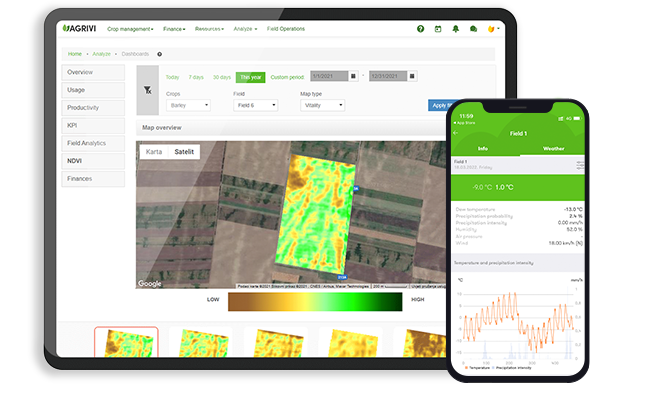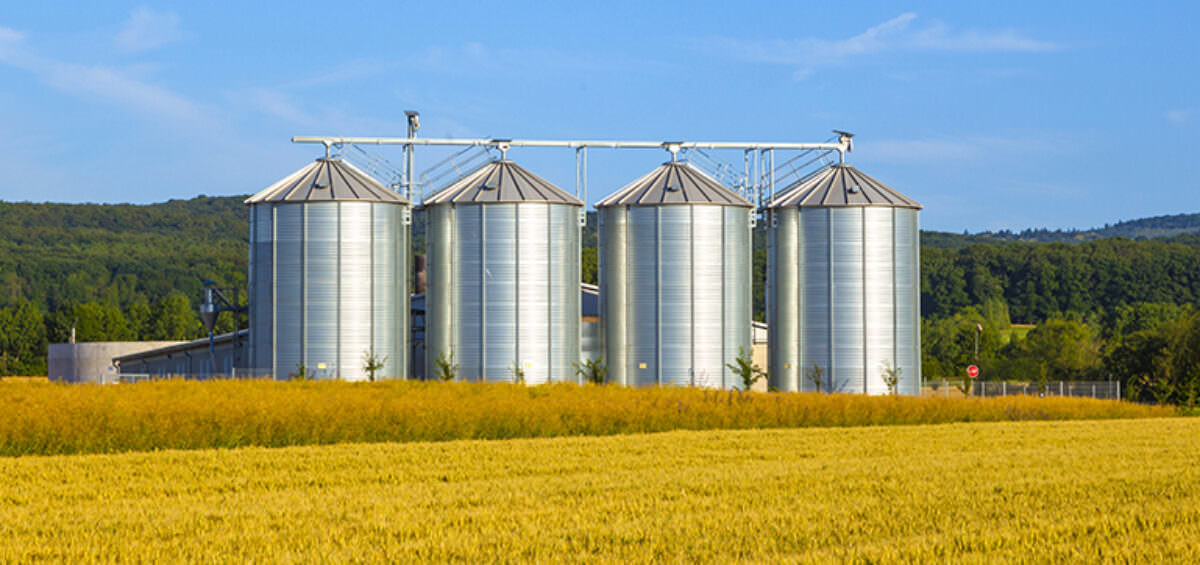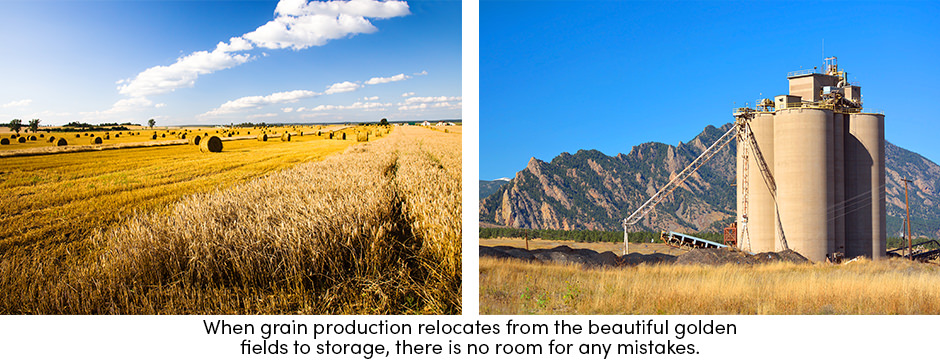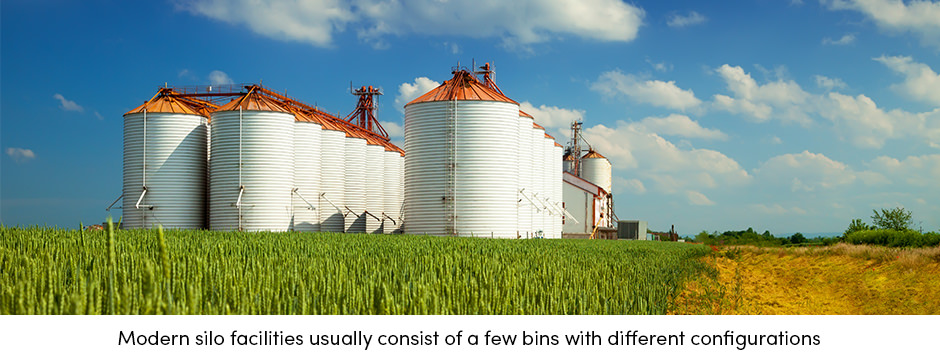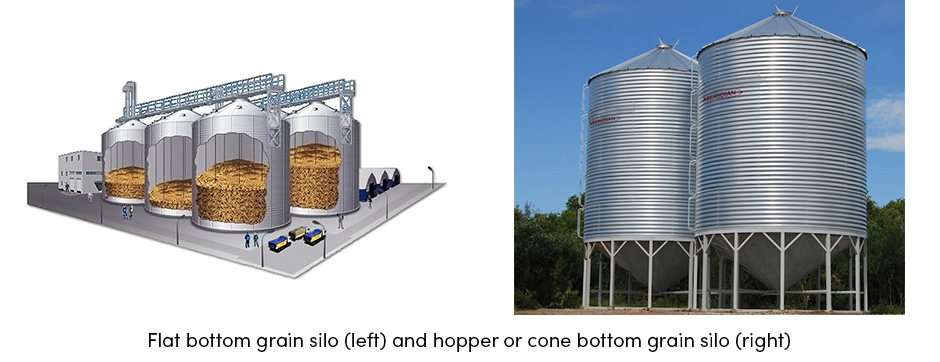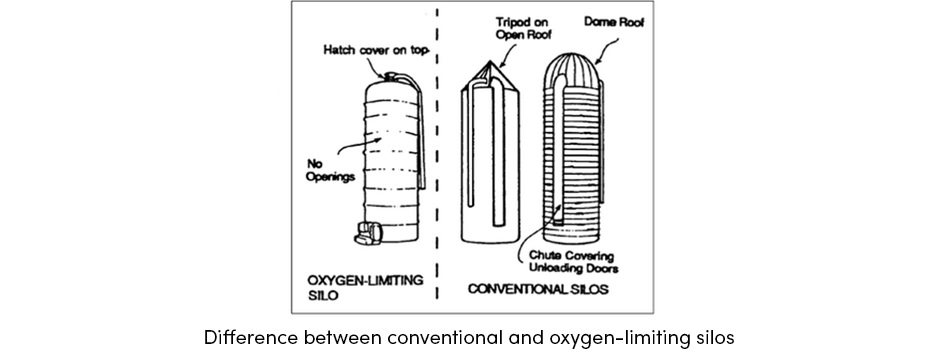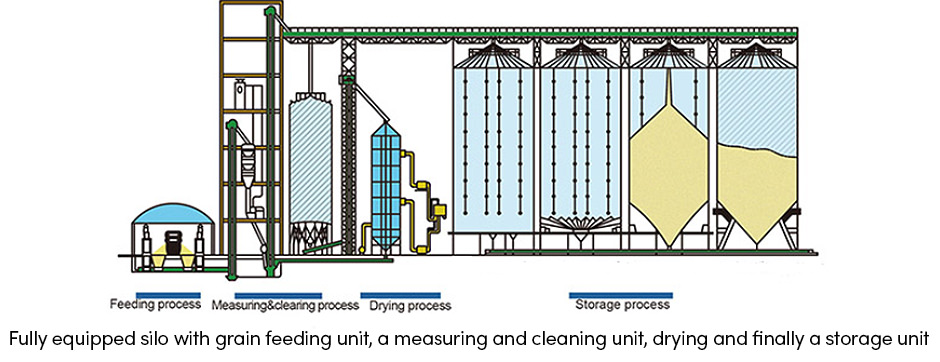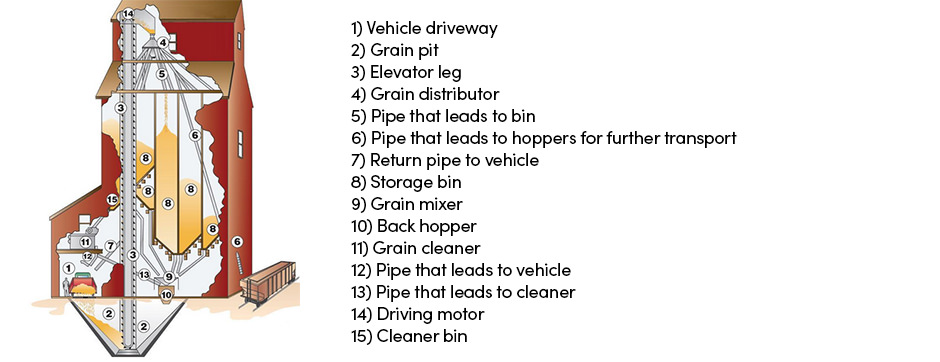When the grain season comes to an end, farmers have to face one last challenge – storage management. Since grains are usually stored for a longer period, storage is a particularly delicate stage in grain production that requires adequate management. After all, grains are an extremely important part in human nutrition and when the production relocates from the beautiful golden fields to storage, there is no room for any mistakes.
Adequate Grain Post-Harvest Management Begins in Silos
In order to maximize grain storage life and preserve their yield, many farmers choose to store their grains into silos. Silos are high-capacity commercial or industrial structures that are used for permanent grain storage. Besides storage, silos also provide other post-harvest management functions. For example, silos are used as grain collectors and distributional centers.
More importantly, most silos provide initial grain processing functions, which include drying, cleaning, aerating, fumigation, and turning the grains to preserve their condition.
Since silos differ depending on the way of managing grains, each silo structure has its own specific installation and function. However, modern grain silo facilities usually consist of a silo tower and a few storage bins that are equipped with different configurations.
As far as the construction material is concerned, most silos today are built from either steel or concrete. Grain silos also differ in their shape, for instance: rectangular, cylindrical, hexagonal or octagonal. Along with that, silo bins differ in their bottom. Accordingly, there are two types of silo bins:
- Flat bottom silo bins
- Hopper bottom silo bins (also called cone bottom silos)
One interesting thing about grain silos is that they can be transported when they are already constructed or can be built on site. Besides that, grain silos can provide different atmospheric conditions for grains.
According to this, we distinguish two types of grain silos:
1. Open to the atmosphere on top (also called conventional silos); most commonly used type of silo; usually built from concrete, constructed with an open top or an easy-to-remove cover; the structure minimizes but ensures constant air flow to the storage area; the grains are usually unloaded on the top through the unloading chute
2. Oxygen-limiting silos (also called controlled atmosphere silos); the main purpose of the silo is to limit the amount of oxygen in the silo and replace the internal atmosphere with an injection of nitrogen or carbon dioxide; the construction doesn’t have any openings and the grains are usually unloaded through the bottom.
The Story Behind the Walls of Silos
What happens with grains in a silo, depends primarily on the type of the silo. For instance, some silo constructions will provide ventilation systems backed up with temperature controls. Furthermore, silos can enable grain cleaning, drying or fumigation. As opposed to that, some silo structures will only serve as a storage for already dried and cleaned grain.
The exact process of grain post-harvest management varies within each silo, depending on its characteristics.
However, here is an example of grain post-harvest handling within one silo type.
First, grains are delivered into an underground pit, that is protected from the rain and designed in such a way that transport vehicles can easily reach it. Secondly, the system elevates the grains from the pit to the top of the silo by using conveyor belts. When the grains reach the top of the silo, they can be diverted into grain bins for storage, or to hoppers for further transport. Grains can be released from the bottom of the bin into the pit at any time, and again later carried to the conveyor belt in order to be transferred to another bin (e.g. drying bin).
Big Decision: Whether to Store Grains in Silos or Not?
Many farmers often wonder whether to store their grains in silos or not. On one hand, silos are the best solution for preserving grain quality for a longer period. On the other hand, storing grains in silos requires certain farm investment and silos are not affordable for many farmers.
Well, the truth is that silos are excellent storage structures for farmers who need to store large quantities of grain for a longer period (e.g. more than six months) and who have enough resources to afford silo storage. So, if you are one of them, a grain silo is definitely worth a try.
Text sources: FAO || Special Report: The Hazards Associated with Agricultural Silo Fires || The University of Guelph
Image sources: KMEC || Meridian Manufacturing Inc. || The Hutchinson News
